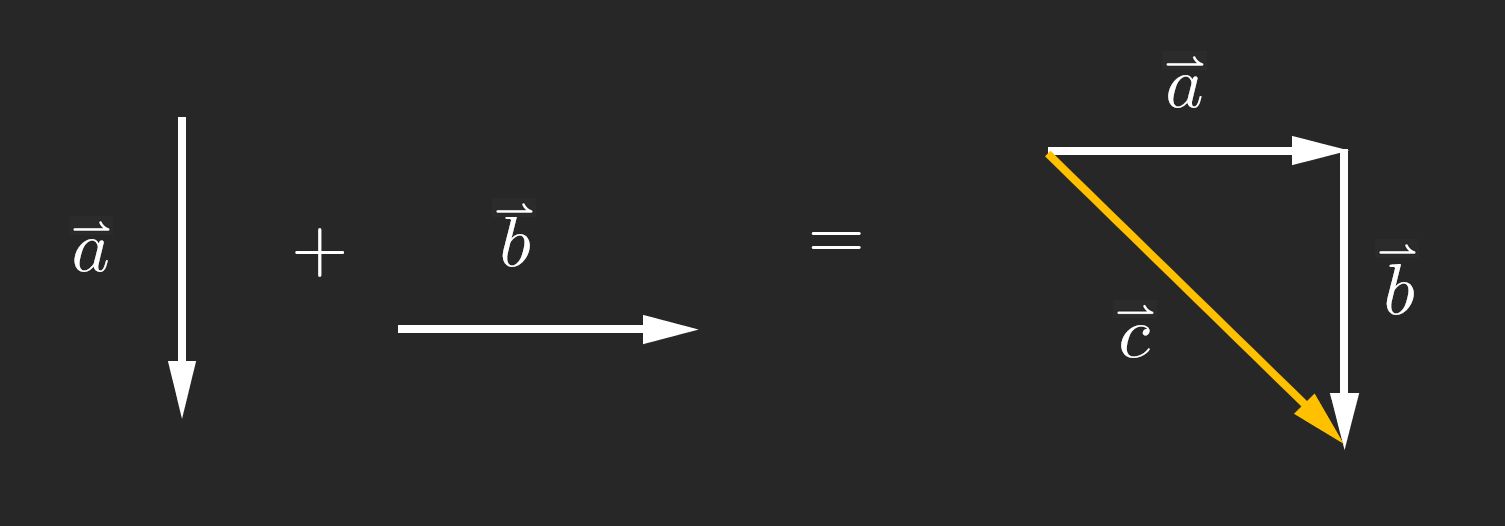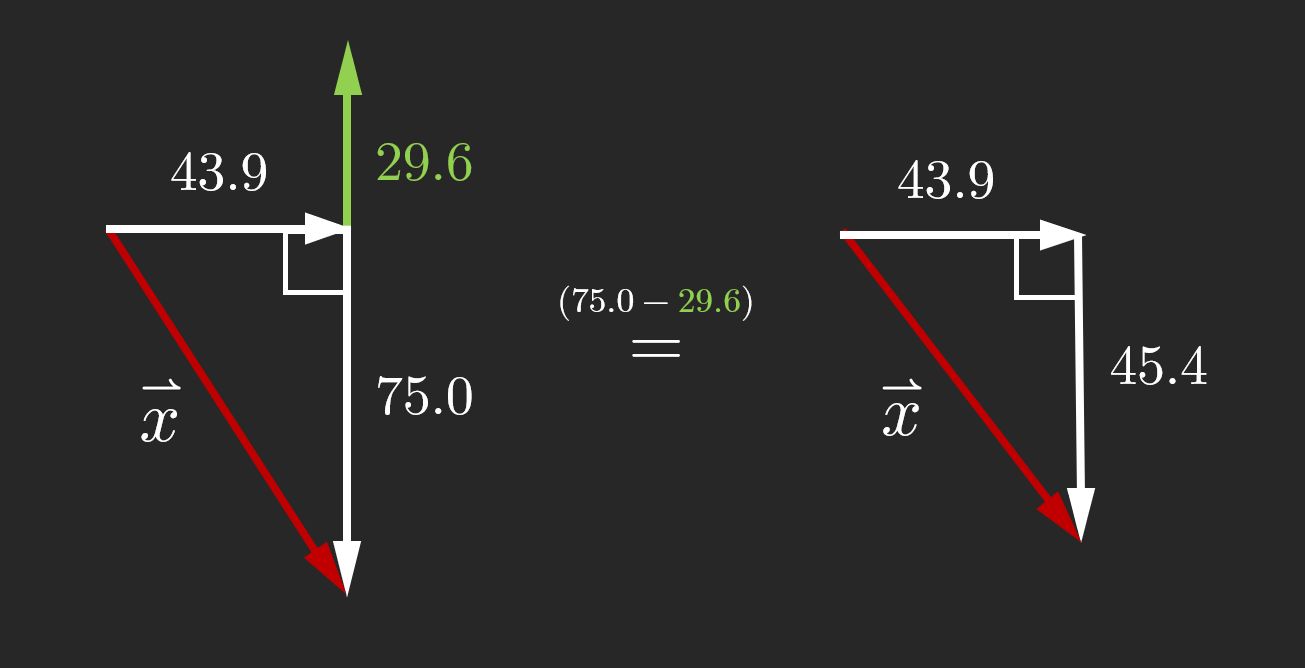Physics
with MUNSCI
Lessons, to bring out the best in every student
Lesson Content
Heading 1
Heading 2
Heading 3
Heading 4
Heading 5
Heading 6
Lorem ipsum dolor sit amet, consectetur adipiscing elit, sed do eiusmod tempor incididunt ut labore et dolore magna aliqua. Ut enim ad minim veniam, quis nostrud exercitation ullamco laboris nisi ut aliquip ex ea commodo consequat. Duis aute irure dolor in reprehenderit in voluptate velit esse cillum dolore eu fugiat nulla pariatur.
Block quote
Ordered list
- Item 1
- Item 2
- Item 3
Unordered list
- Item A
- Item B
- Item C
Bold text
Emphasis
Superscript
Subscript
Heading 1
Heading 2
Heading 3
Heading 4
Heading 5
Heading 6
Lorem ipsum dolor sit amet, consectetur adipiscing elit, sed do eiusmod tempor incididunt ut labore et dolore magna aliqua. Ut enim ad minim veniam, quis nostrud exercitation ullamco laboris nisi ut aliquip ex ea commodo consequat. Duis aute irure dolor in reprehenderit in voluptate velit esse cillum dolore eu fugiat nulla pariatur.
Block quote
Ordered list
- Item 1
- Item 2
- Item 3
Unordered list
- Item A
- Item B
- Item C
Bold text
Emphasis
Superscript
Subscript
Linked Questions
SL-SAM-AA01
SL-SAM-AA03
Questions, to train for any occasion
Q-SAM-AA02
Next
-Donkey, Shrek
Q-SAM-AA00
The journey begins
-Gandalf
A particle is accelerated uniformly from rest, so that after \(10\) seconds it has achieved a speed of \(15 \text{m}{\text{s}}^{-1}\).
a) Find the acceleration of the particle.
b) Find the total distance covered by the particle.
a) Find the acceleration of the particle.
Firstly, the given quantities, and the values that must be determined, should be identified.
Directly, we are given that:
\[t = 10 \text{ s}, v = 15 \text{ m}{\text{s}}^{-1}\]
However, we are also told that the particle is accelerated from rest, meaning that it initially was at rest, with an initial velocity of 0. Therefore:
\[u = 0 \text{ m}{\text{s}}^{-1}\]
An equation relating the given variables and acceleration is:
\[v = u + at\]
Rearranging this equation to make acceleration, \(a\) the isolated variable yields:
\begin{align*}v & = u + at \\at & = v - u \\a & = {v - u \over t} \\\end{align*}
Substituting the values:
\begin{align*}a & = {v - u \over t} \\a & = {15 - 0 \over 10} \\a & = {15 \over 10} \\a & = \boxed{1.5 \text{ m}{\text{s}}^{-2}}\\\end{align*}
b) Find the total distance covered by the particle.
Again, the known quantities are:
\[t = 10 \text{ s}, v = 15 \text{ m}{\text{s}}^{-1}, a = 1.5 \text{ m}{\text{s}}^{-2}\]
An equation relating the given variables and distance (we would use displacement in this case, as it is assumed that the particle travels through the trajectory of a straight line, such that the distance and displacement would be interchangeable) is:
\[s = {(v + u)t \over 2}\]
Substituting the values:
\begin{align*}s & = {(v + u)t \over 2} \\a & = {(15 + 0)10 \over 2} \\a & = {15 \times 10 \over 2} \\a & = \boxed{75 \text{ m}}\\\end{align*}
You've hit the end!
-Donkey, Shrek
Next
-Donkey, Shrek
The journey begins
-Gandalf
Previous
-Donkey, Shrek
Q-SAM-AA02
Next
-Donkey, Shrek
Q-SAM-AA00
The journey begins
-Gandalf
You've hit the end!
-Donkey, Shrek
Next
-Donkey, Shrek
The journey begins
-Gandalf
Previous
-Donkey, Shrek
Q-SAM-AA02
Next
-Donkey, Shrek
Q-SAM-AA00
The journey begins
-Gandalf
You've hit the end!
-Donkey, Shrek
Next
-Donkey, Shrek
The journey begins
-Gandalf
Previous
-Donkey, Shrek










